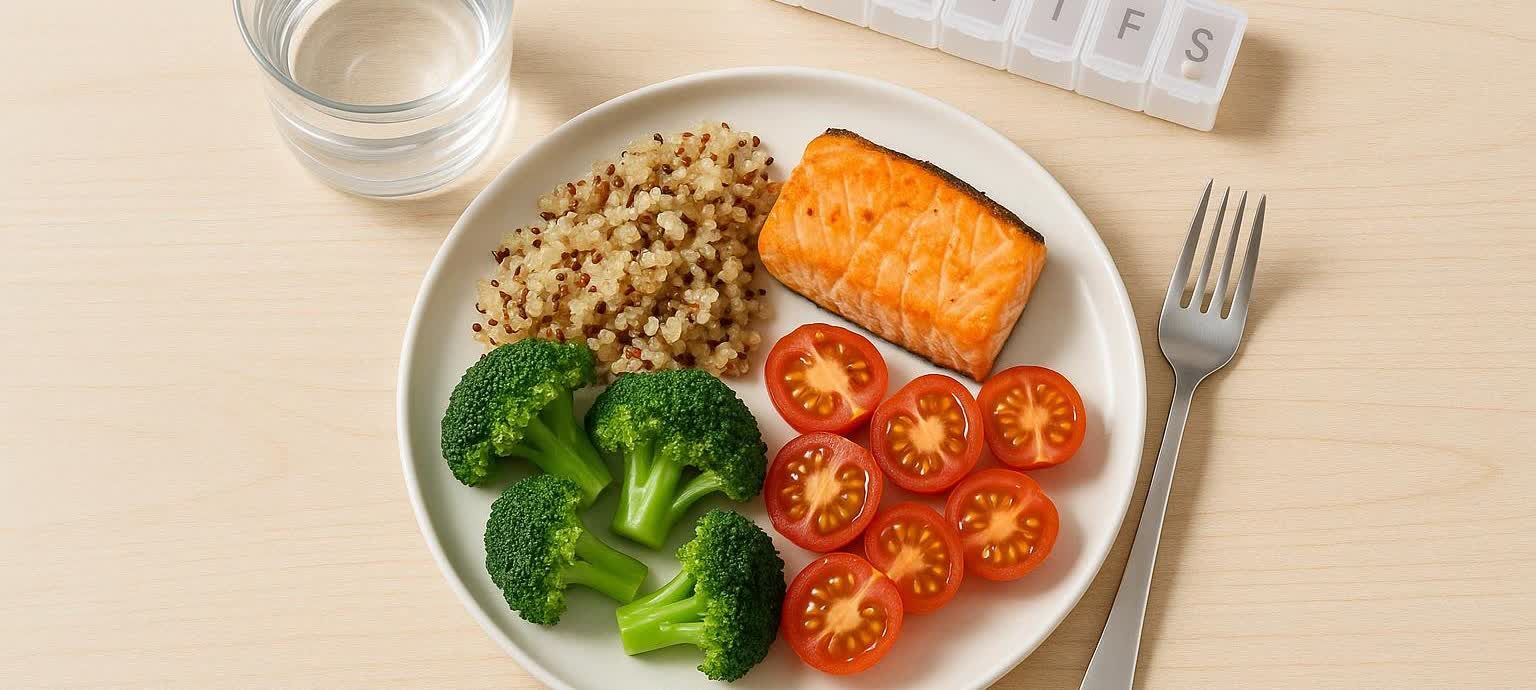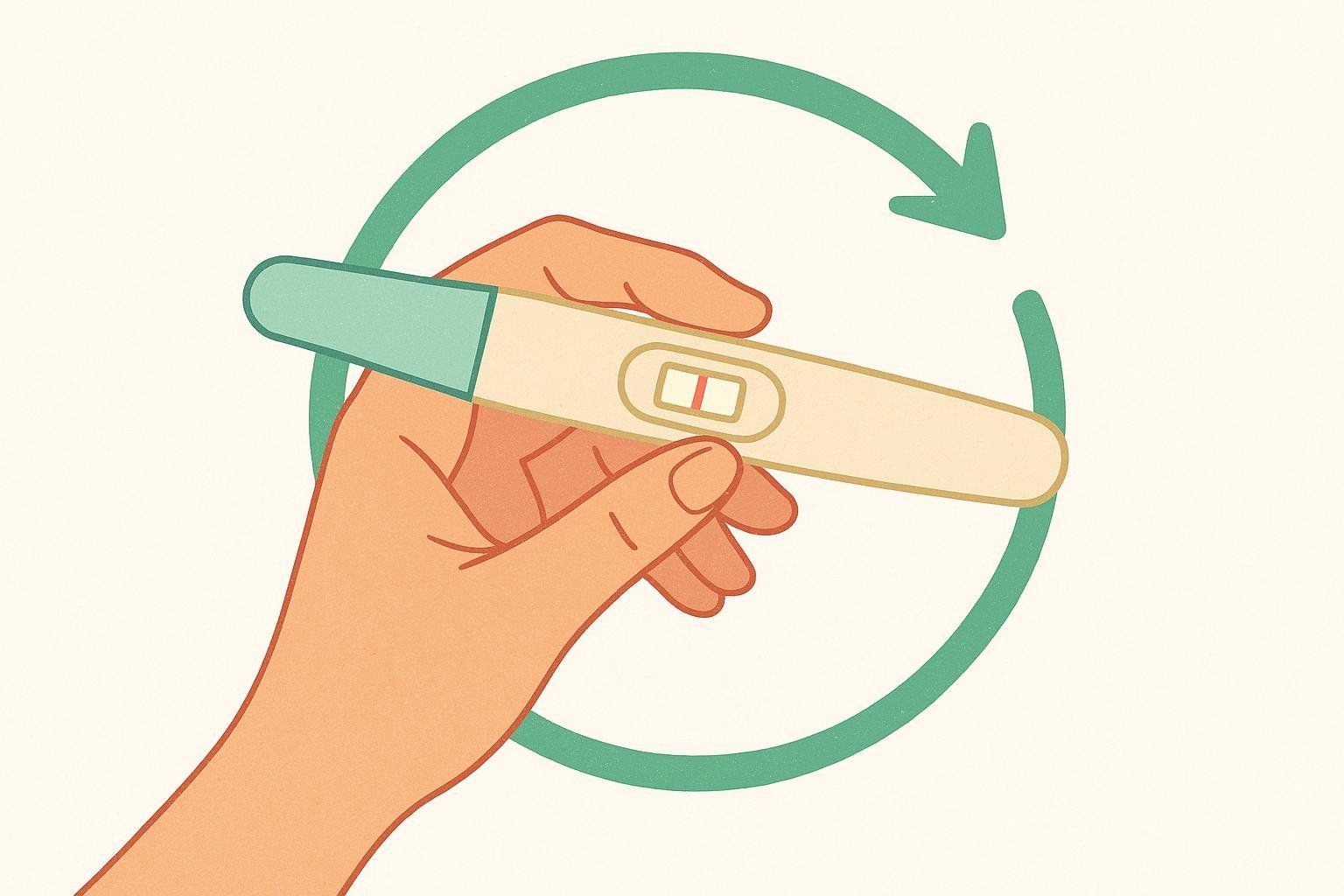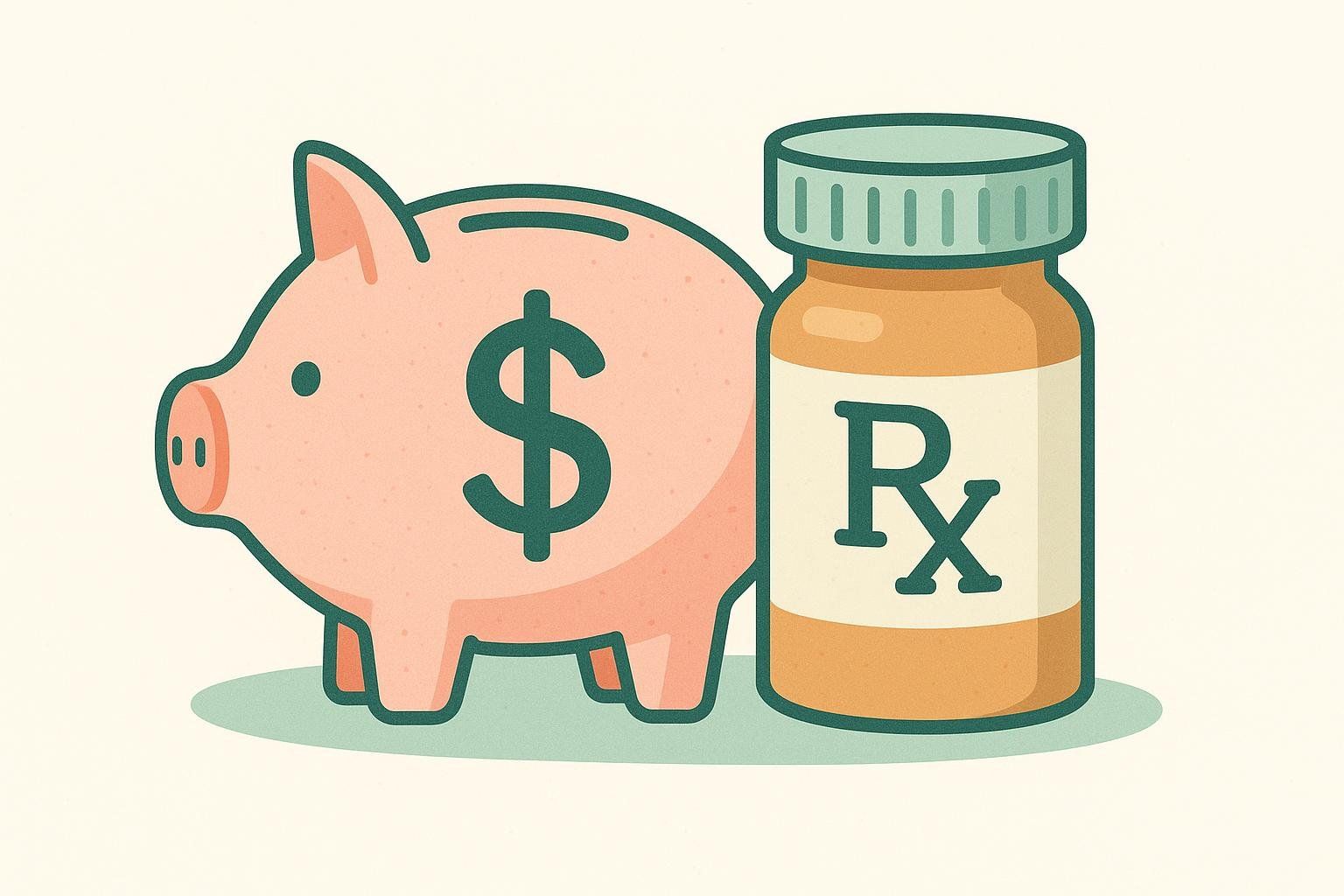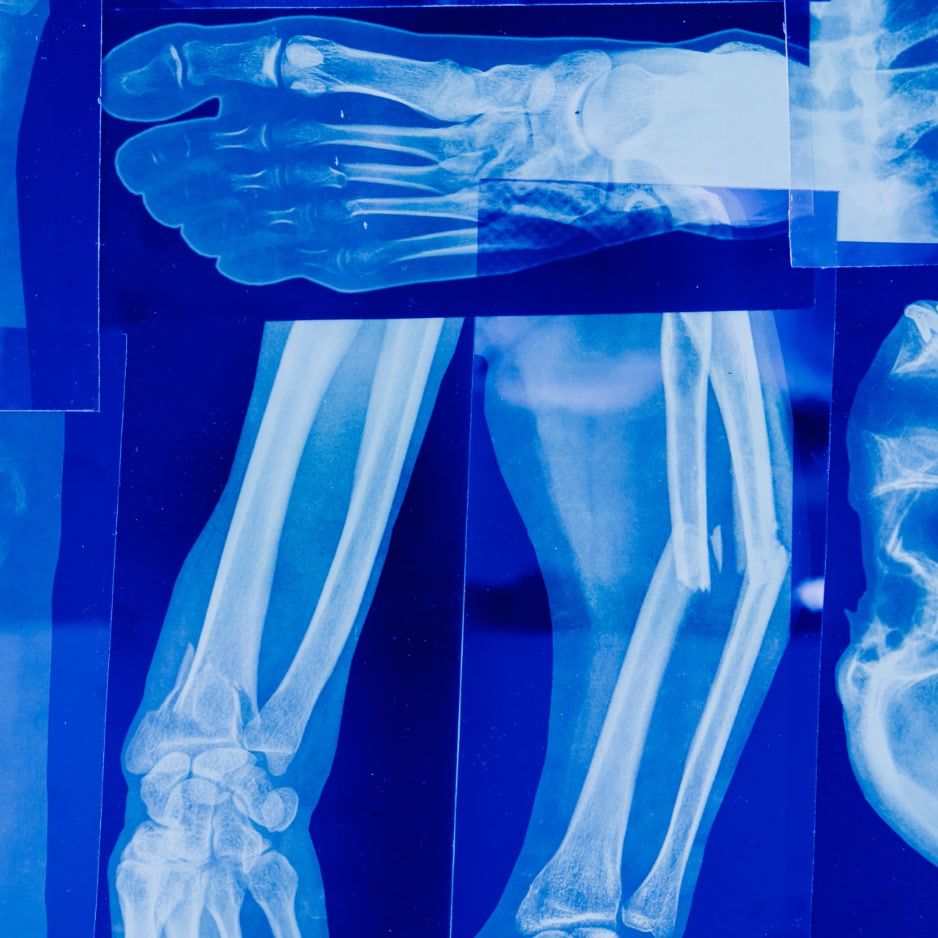Qsymia: 2025 Guide to Dosing, Safety, and Cost

Qsymia: 2025 Guide to Dosing, Safety, and Cost
- What it is: A once‑daily combo pill of phentermine (curbs appetite) and topiramate ER (boosts fullness), approved for adults and teens 12+ alongside healthy habits (FDA label; FDA pediatric approval).
- Expected Results: About 8–11% average weight loss at approved doses over ~1 year in adults (56‑week RCT).
- Key Safety Information: Qsymia can cause birth defects if taken during pregnancy. People who can become pregnant need a negative test before starting, monthly tests, and reliable birth control. Dispensing is through a REMS program (FDA label; Qsymia REMS).
- Cost & access: Retail prices vary; coupons and manufacturer programs can lower costs (often around $98 cash via home‑delivery programs) (GoodRx pricing; manufacturer savings). Telehealth is available in most states (ChooseQ).
Indications: who Qsymia is for (and not for)
Qsymia is used with a reduced‑calorie diet and increased activity for chronic weight management in:
- Adults: BMI ≥30, or BMI ≥27 with a weight‑related condition (e.g., high blood pressure, type 2 diabetes, abnormal cholesterol) (FDA label).
- Adolescents 12–17: Obesity (BMI at or above the 95th percentile for age/sex) (FDA pediatric approval).
Do not use if you are:
- Pregnant (contraindicated; first‑trimester exposure increases oral‑cleft risk) (FDA label).
- Taking or recently took MAOIs (within 14 days), or if you have glaucoma, hyperthyroidism, or sympathomimetic hypersensitivity (FDA label).
Tip for families: In teens, some cases of slower growth have been reported—providers should monitor height and growth over time (FDA pediatric approval).
How Qsymia works
- Phentermine nudges your nervous system to help dial down appetite.
- Topiramate ER helps you feel full sooner and may change how foods taste.
- The combo can make a lower‑calorie plan easier to stick to—most effective when paired with nutrition and activity changes (FDA label).
Dosing and titration (adults and adolescents ≥12)
Take once daily in the morning to reduce insomnia. Swallow capsules whole; don’t crush or chew. Avoid alcohol while on therapy (FDA label).
| Step | Dose | Duration | What to do next |
|---|---|---|---|
| Start | 3.75 mg/23 mg | 14 days | Then increase |
| Standard | 7.5 mg/46 mg | Continue | Check progress at 12 weeks |
| If less than 3% loss at 12 weeks on 7.5/46 | 11.25 mg/69 mg for 14 days, then 15 mg/92 mg | As shown | Reassess 12 weeks after reaching 15/92 |
| If less than 5% loss at 12 weeks on 15/92 | Discontinue by tapering every other day for ≥1 week | As directed by clinician | Don’t stop abruptly (seizure risk) |
- Kidney/liver adjustments: Max dose is 7.5/46 mg daily in moderate/severe renal impairment or moderate hepatic impairment (FDA label).
Monitoring checklist (before and during therapy)

- Pregnancy prevention: Test before starting and monthly if you can become pregnant; use effective contraception (REMS).
- Heart & blood pressure: Qsymia can raise resting heart rate; blood pressure may fall with weight loss—meds may need adjustment (FDA label).
- Mood, sleep, cognition: Screen for mood changes, suicidal thoughts, and attention/memory effects (FDA label).
- Labs: Electrolytes and bicarbonate (metabolic acidosis risk); creatinine (kidney function); glucose if you have T2D (hypoglycemia risk as weight drops) (FDA label).
- Eyes: New vision changes or eye pain need urgent evaluation (risk of acute myopia/angle‑closure glaucoma) (FDA label).
- Adolescents: Track height and growth; counsel on pregnancy risks (FDA pediatric approval).
What results can you expect?
- In adults, a 56‑week RCT showed dose‑dependent loss: ~5.1% (low dose) and 10.9% (top dose) vs 1.6% on placebo; 66.7% on the top dose lost ≥5% (56‑week RCT).
- A network meta‑analysis found Qsymia led to ~9.1% average weight loss, while semaglutide (a GLP‑1) led to ~13.7% loss (ICER review, 2023).
- In adolescents 12–<17, Qsymia led to an average BMI decrease of 4.8% to 7.1%, while the placebo group gained ~3.3% over 56 weeks with lifestyle support (FDA pediatric approval).
Cost, coverage, and savings
Prices vary by dose, pharmacy, and insurance:

- Retail snapshot: ~$260 per 30‑day supply for 7.5/46 mg; coupons as low as ~$176 at select pharmacies (GoodRx cost guide).
- Manufacturer programs: Qsymia Engage and partner pharmacies often list $98 cash for 30‑day prescriptions/titration packs with home delivery (manufacturer savings).
- Coverage (estimates): ~90% of commercial plans cover; ~33% of ACA marketplace plans; ~38% of Medicaid plans; ~2% of Medicare plans (prior auth common) (GoodRx cost guide).
- Generic status: A first generic phentermine/topiramate ER is expected around May 2025; cash prices and coverage may change as availability expands (GoodRx cost guide).
Telehealth access in 2025: what to expect

Qsymia can be prescribed via telehealth where state law allows. The manufacturer’s partner service lists a $45 clinician visit fee and home delivery with insurance verification. If prescribed and not covered by insurance, the partner program advertises a $98 cash‑pay price for the medication (ChooseQ via manufacturer). As of publication, service is not available in several states, including AL, DC, DE, GA, and others. Check the provider’s website for the most current service areas (ChooseQ).
Typical telehealth flow:
- Complete a medical intake (recent vitals/labs help).
- Video visit to confirm eligibility, contraindications, and a monitoring plan.
- E‑prescription to a certified pharmacy (REMS) with safety materials; home delivery or local pickup.
- 12‑week check‑ins guide dose escalation or discontinuation per the label.
Qsymia vs. GLP‑1 agonists: how to choose
- Efficacy: GLP‑1s like semaglutide often produce larger average losses, but Qsymia remains one of the most effective oral options (ICER review, 2023).
- Route & convenience: Qsymia is a daily pill; most GLP‑1s are injections (weekly/daily).
- Cost‑value: Independent reviews characterize branded phentermine/topiramate as relatively cost‑effective at current U.S. prices; generic components can be cost‑saving (ICER review, 2023).
- Safety profile: GLP‑1s commonly cause GI effects and slow stomach emptying; Qsymia has stimulant/CNS and teratogenicity considerations—match to your health history and preferences.

Tracking body composition for better results
Scale weight doesn’t tell you what you lost. Preserve muscle while losing fat by pairing Qsymia with:
- Protein: Aim for ~1.6–2.2 g/kg/day as a general target (adjust with your clinician).
- Strength training: 2–4 sessions/week to maintain or build lean mass.
- Objective tracking: Get a DEXA baseline, use our Weight‑Loss Calculator by Date to set a timeline, and re‑scan every 8–12 weeks to confirm fat loss, lean mass, and visceral fat changes—learn why body fat percentage matters.

Qsymia is an effective, once‑daily oral option with clear dosing milestones and strong safety guardrails. Screen carefully (especially pregnancy risk), monitor routinely, and pair it with smart nutrition, training, and body‑composition tracking to maximize fat loss while protecting muscle—data you can verify with DEXA. Ready to track your real progress? Book a BodySpec DEXA scan.
Disclaimer: Educational content only; not medical advice. Always work with a licensed clinician to determine if Qsymia is appropriate for you and to set labs, monitoring, and dose schedules for your situation.


